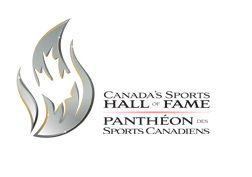Home | Cultural and Racial Diversity | Aboriginal athletes
Tom Longboat
PreviousNext
Tom Longboat is of the Onondaga First Nation community, and was born in a log house on the Six Nations reserve in the summer of 1887. During the years prior to World War I, Tom Longboat was the most dominant runner in the world, and his accomplishments are still felt today.
Longboat was able to win the acceptance and support of many Canadians through his long-distance running. In 1907, after winning the prestigious Boston marathon in record-breaking time, Longboat returned to Toronto where he was greeted by thousands of cheering fans and walked among them in a torch-lit parade. It was quite remarkable for Longboat to have gained such popularity, because there was a very powerful belief at that time that First Nations peoples were inferior to people of European descent. During Longboat's era, First Nations peoples not only were barred from voting and attending university, but also were not even considered Canadian citizens.
Although Longboat gained popular support, many Canadians also had conflicting thoughts about him because of the racist ideas of the time. For example, the newspaper coverage of Longboat included the praise of his trainers when he won, rather than his perseverance or dedicated training. On the other hand Longboat's losses were sometimes blamed on his laziness, which was not true but instead was a popular stereotype of First Nations peoples at that time.
First Nations communities have faced increasing marginalization in sport, and society more generally, and since Longboat's time only a few Indigenous athletes have reached the heights of international sporting competition. Tom's stature among First Nations communities has had a lasting effect on encouraging young people to do their best and to become successful in sport.
In 1951, our national Indigenous sport award was developed and named after the Onondaga runner. The Tom Longboat awards are important because it allows all Canadians to recognize the achievements and contributions of Indigenous peoples to society. Through the Longboat awards, we celebrate and extend the power of Tom Longboat's legacy.
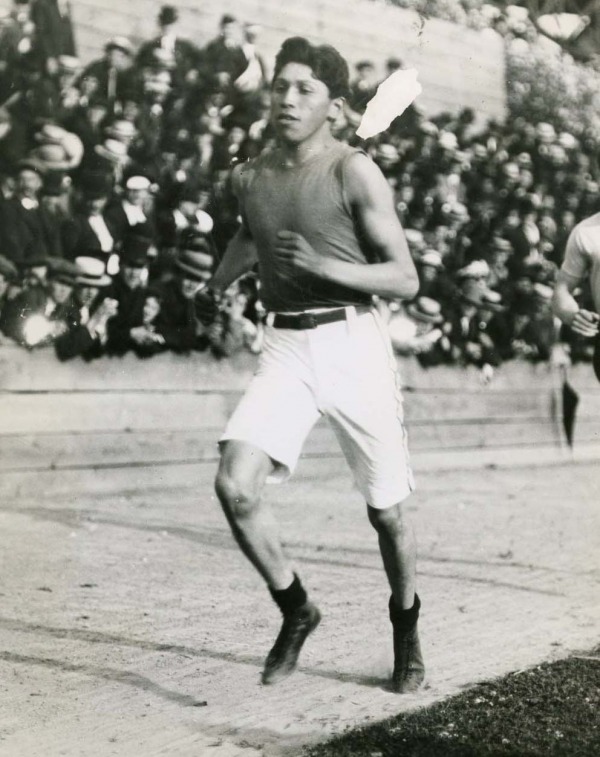
Tom 'Cogwagee' Longboat was a member of the Onondaga Nation on the Six Nations Reserve in Ontario. He began running for sport and recreation on his reserve. Although he had won several previous races, it was his triumphant win in the 1907 Boston Marathon that brought him to public attention. The endurance and fortitude he displayed in training and winning races are key characteristics of this man.
Collection: Canada's Sports Hall of Fame
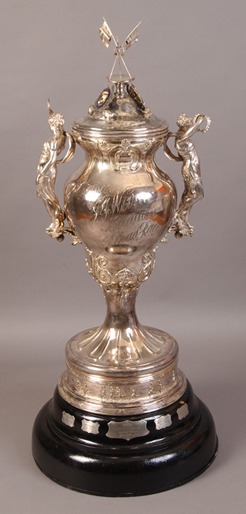
When Controller J.J. Ward created the Ward Marathon Road Race, first run in 1906, marathon running was still in its infancy. Tom Longboat won the race for three consecutive years and was given the trophy permanently. A second trophy was commissioned and is seen here. Tom Longboat was a pioneer in the sport of marathon running and through his excellence and competitive edge he helped to bring this sport to national prominence.
Collection: Canada's Sports Hall of Fame
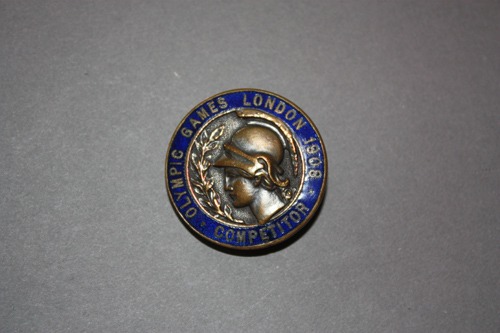
The marathon race, which could be any endurance race of more than 15 miles, was standardized at the 1908 Olympic Games in London as 26 miles and 285 yards. Tom Longboat competed in the marathon at these Games but failed to finish to race. Throughout his career he experienced the stereotypes and racial slurs that aboriginals were "lazy" and that he was stubborn. He showed his integrity and self-respect by managing his own career and staying true to his own high standards.
Collection: Canada's Sports Hall of Fame
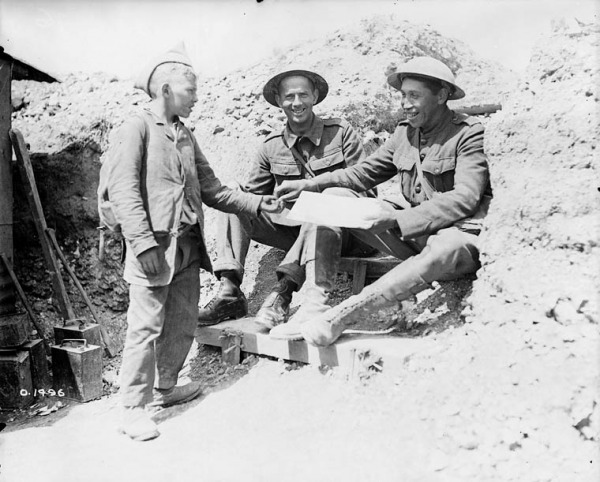
Tom Longboat served with the 107th Pioneer Battalion during World War One. He served as a dispatch runner, a dangerous position, and was wounded twice. He also competed in inter-battalion races during this period. In this image he is seen sitting in a trench and buying a newspaper. Tom also served during World War Two as a member of the Veterans Guard. He was proud of his native heritage and of being a Canadian.
Collection: Library and Archives Canada
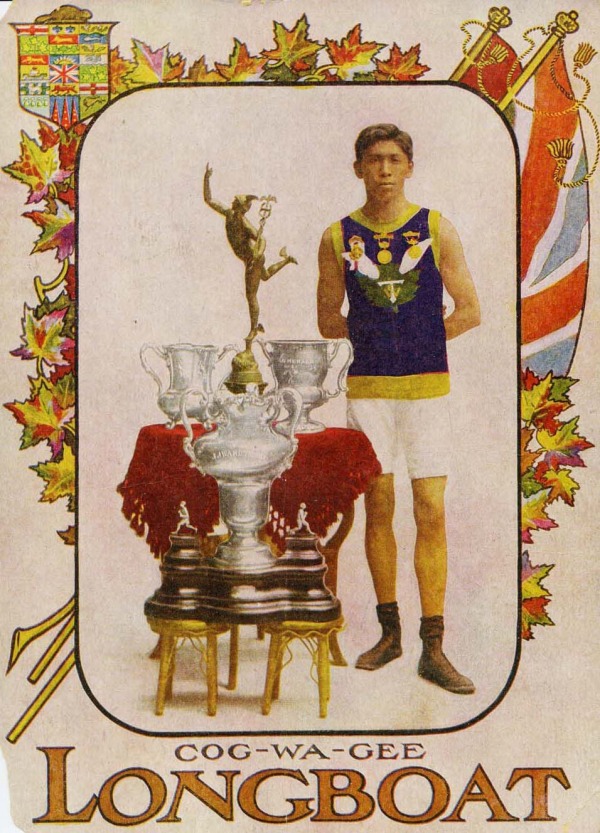
Tom Longboat had a successful professional career, competing against the top marathon runners of the period. In 1909 he achieved the title of Professional Champion of the World. He initiated his own training regime, alternating workouts with 'active rest' periods. He was an innovator in this method and today the practice of incorporating hard, easy and recovery days into training is the norm. The many medals and trophies that he won, see here in this image, are testimony to his resourcefulness and capability at the time.
Collection: Canada's Sports Hall of Fame
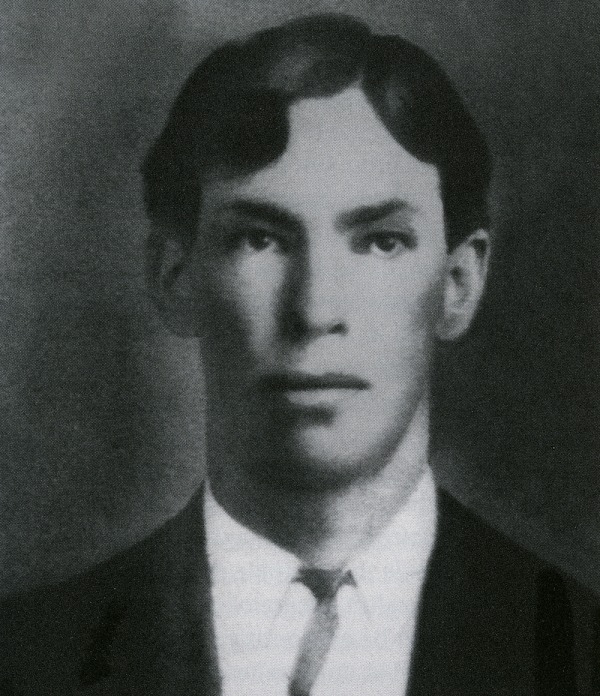
Harry Manson was a premier soccer player for teams from the Snuneumuxw First Nations and later with Nanaimo. He was one of three indigenous players to become Provincial Champions of British Columbia in 1903. He was a strong believer in the principle that you could be successful even when the odds were working against you.
Collection: Private Collection: Manson Family
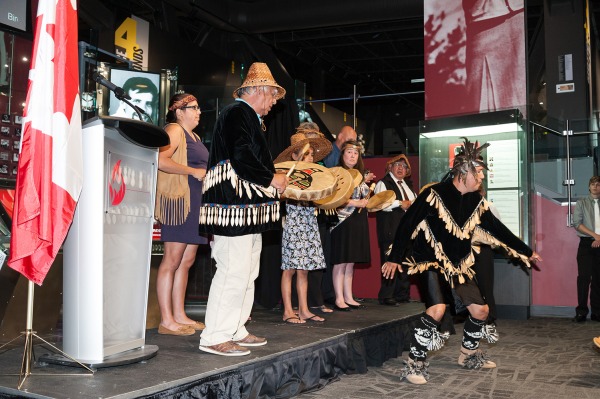
Harry 'Xul-si-Malt' Manson was a member of the Snuneumuxw First Nation. He is recognized for his leadership as an athlete for breaking down barriers at the turn of the last century. At his induction into Canada's Sports Hall of Fame in 2015 his family honoured his memory with a special ceremony. Harry's name means "One Who Leaves His Mark" and he has paved the way for future aboriginal athletes.
Collection: Canada's Sports Hall of Fame
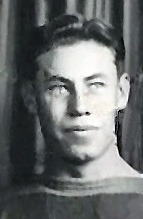
Bill Isaacs was an accomplished lacrosse player from the Six Nations Reserve. He played during the 1930's and 1940's and became one of the leading all time scorers. He was respected and considered a superstar in the indoor version of the game. His pioneering efforts have led to the sport being recognized as an important cultural tradition for both Aboriginals and society as a whole.
Collection: Woodland Cultural Centre
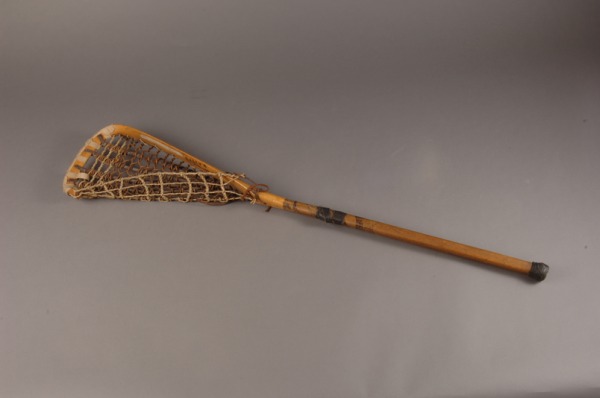
The game of lacrosse, based on speed and action, was originally was a field sport. In the 1930's indoor lacrosse, referred to as box lacrosse, began to be played and quickly became popular. The lacrosse stick originally had a wood handle and leather basket. In 1994 lacrosse was recognized as Canada's National (Summer) Sport.
Collection: Canada's Sports Hall of Fame
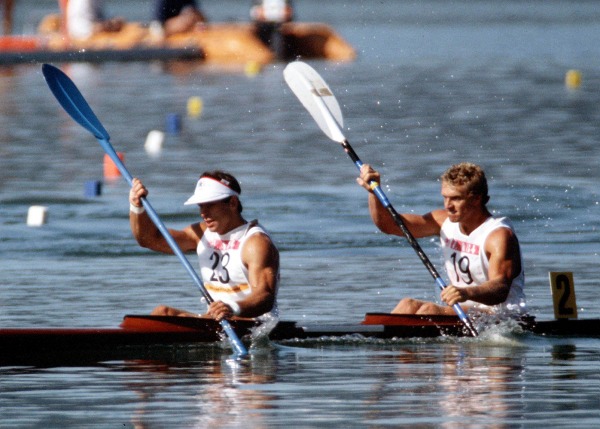
Alwyn Morris learned how to canoe and kayak on his home reserve in Quebec. He won his first kayak race and realized what he would need to do to achieve at a very high level. He and his partner Hugh Fisher achieved success because they used their training and any hard times to come to an understanding of who they were and they had no doubt as to the level of commitment they both shared.
Collection: CP PHOTO/C0C/Crombie McNeil
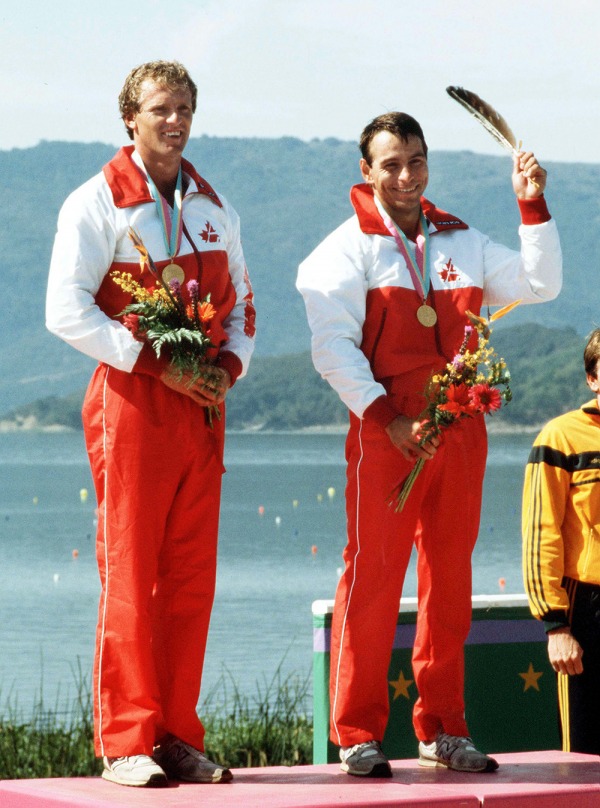
Alwyn Morris and Hugh Fisher won the gold medal in the K-2 1000m event at the 1984 Olympic Games in Los Angeles. Alwyn carried an eagle feather in memory of his grandfather when he received his medal. It symbolized friendship and honour, qualities he took to the Games as an athlete and as a person.
Collection: CP PHOTO/COC
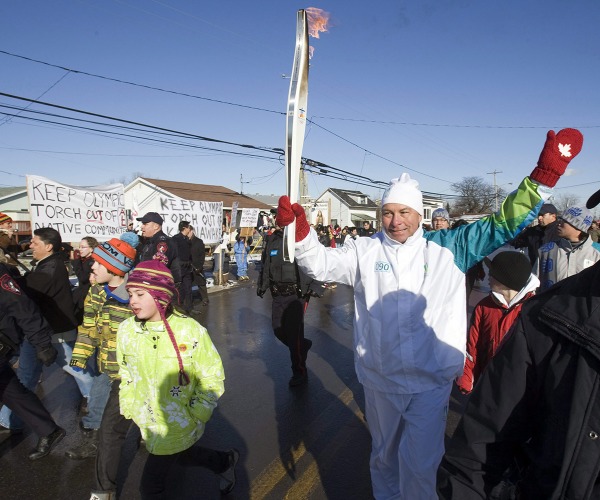
Alwyn Morris is a member of the Mohawk nation in Kahnawake and has worked with aboriginal youth in the field of drug and alcohol abuse. He was honoured with being a torchbearer at the 2010 Olympic Winter Games and carried the torch through the Kahnawake territory. Alwyn tries to help the youth realize as he did that there will be challenges every day and what they will have to do to allow them to be successful and overcome those challenges.
Collection: THE CANADIAN PRESS/Ryan Remiorz
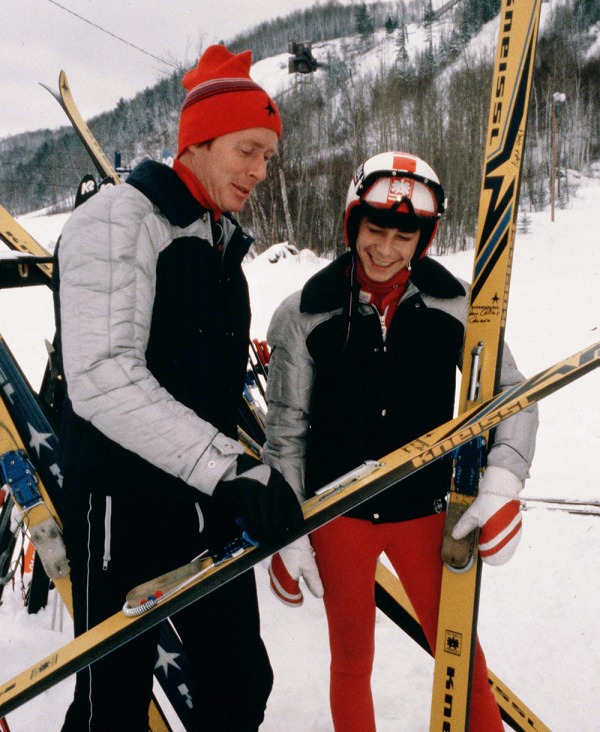
Steve Collins was introduced to ski jumping at the age of ten. His abilities soon earned him a position on the national team. After a year of international competition he was recognized as one of the best ski jumpers and a prodigy in his sport. He participated at the 1980 Olympic Winter Games in Lake Placid when he was sixteen. Even at this young age he showed the courage and confidence that made him a strong athlete.
Collection: CP Photo/COC
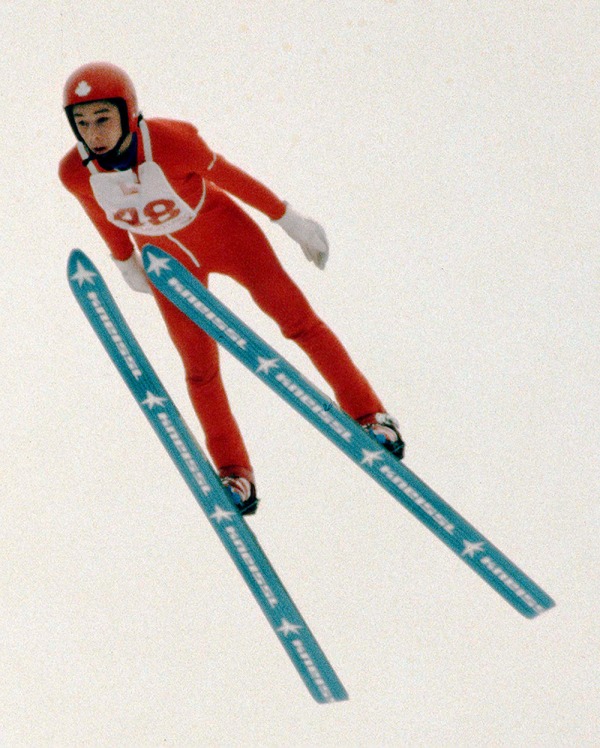
Steve Collins was still officially a junior when he won a ski jumping World Cup in Lahti, Finland in 1980. He also won the 70m event at the World Junior Nordic Championships that same year. Acknowledging his accomplishments, his poise and his determination, he was nominated for the Lou Marsh Memorial Award that year.
Collection: CP Photo/COC
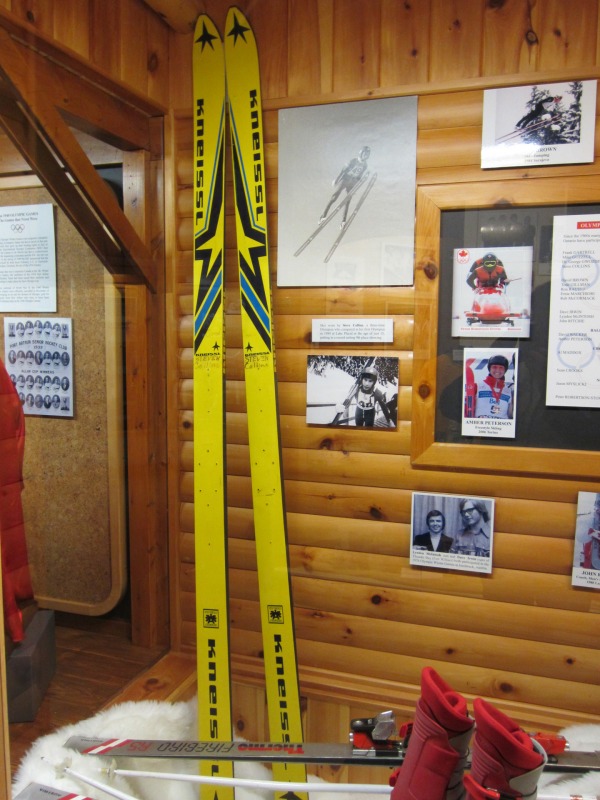
Steve Collins, a member of the Ojibwa First Nation, trained as a ski jumper in Thunder Bay. Steve's Kneissel jumping skis from the 1980's were narrower and heavier than the style used today. The jumper held his body in a parallel position over the skis. Steve held a former world record for the longest jump on a 90-metre ski hill of 128.5m (421 ft) in Thunder Bay.
Collection: Northwestern Ontario Sports Hall of Fame
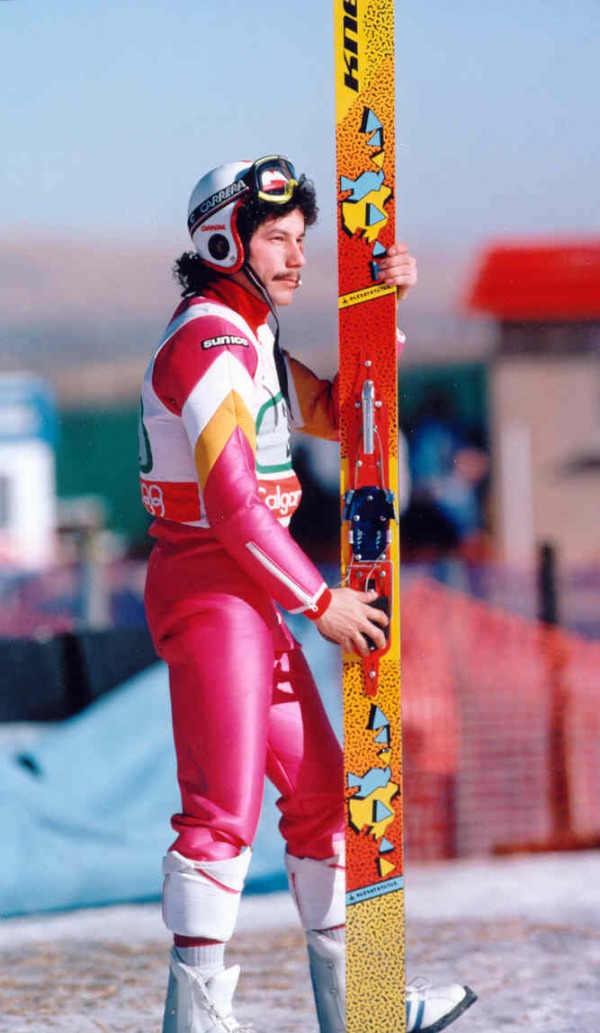
Coming back from a hiatus from his sport, Steve Collins competed in the ski jumping events at the 1988 Olympic Winter Games in Calgary. He finished 13th in the 90m event and 9th in the team jumping, the best results for Canadian ski jumpers at the Olympic Winter Games. Throughout his career Steve showed his passion and excellence.
Collection: Canada's Sports Hall of Fame
Previous Next
